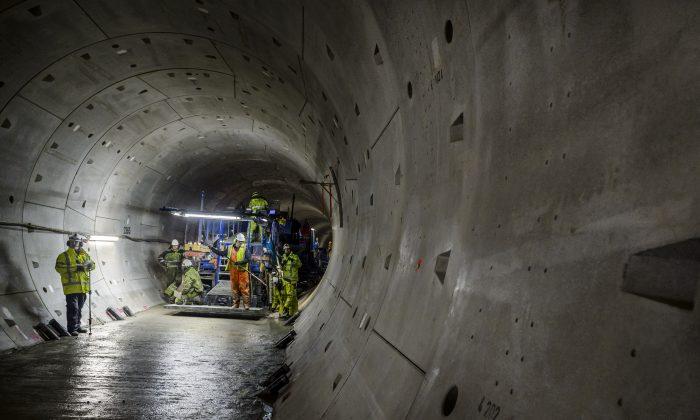Concrete is one of the most commonly used architectural materials in the modern world, but it’s also one of the most fragile—at the slightest contact with rain, cracks can become routine and burden the structure with continuous maintenance.
One danger posed by a concrete structure with cracks is that water can seep in and cause the underlying steel beams to rust, which is often a prelude to a collapse of a part or the entirety of the structure.
To tackle this problem, in 2012 two Dutch scientists created a bioconcrete that can automatically repair its own cracks. The technology works by putting batches of calcium lactate next to bacteria in small cubes, which are then dispersed in a regular concrete mix. When the bacteria is exposed to water, it interacts with the lactate to make calcite, the primary component of limestone, which then fills in the gaps in the concrete.
The team has since tested out bioconcrete by having a lifeguard outpost fashioned largely out of the material, to auspicious results, as limestone lines have gradually appeared on the walls of the outpost.

“Instead of building against nature, biological materials and processes will be integrated into traditional engineering materials and processes,” writes microbiologist Henk Jonkers, one of the inventors of bioconcree.
Concrete is still the building material of choice in many places of the world, especially China, which used more than 6.6 gigatons of the stuff from 2011 to 2013.






Friends Read Free